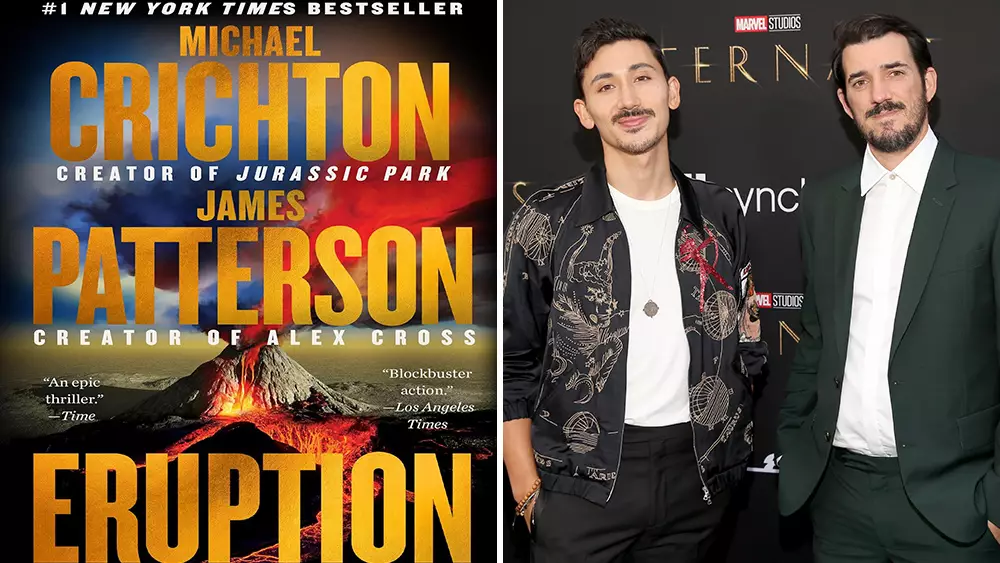The entertainment industry’s relentless pursuit of blockbuster success often hinges on the successful adaptation of beloved literary properties. The recent surge in adapting Michael Crichton’s works underscores this phenomenon. However, simply transferring a novel’s plot onto the big screen does not guarantee a hit. The true challenge lies in reimagining these narratives for contemporary audiences, embracing innovation rather than relying solely on established brand power. Studios now understand that durability and relevance stem from bold storytelling choices and fresh perspectives, even when adapting material with a storied past.
Risks and Rewards of Reinterpreting Cultural Pillars
Crichton’s stories hold a storied place in cinematic history—think “Jurassic Park” and “Twister”—and the pressure to match or surpass these successes is immense. The industry’s current approach often leans toward safe bets, but this can dilute the original’s essence and stifle creative innovation. An adaptation must do more than reproduce; it should expand and deepen the source material to resonate with today’s viewers. While these projects promise significant financial returns, they risk becoming fatigued memoranda if they fail to evolve. To truly elevate a classic work, filmmakers need to challenge conventions, turning familiar narratives into compelling, multi-layered experiences.
The Role of Creative Risk-Taking in Achieving Legacy
The decision of studios like Sony to hand over new adaptations to visionary directors such as Jimmy Chin and Elizabeth Chai Vasarhelyi suggests an awareness that innovation is crucial. Although these particular projects, like “Eruption,” currently lack a definitive visual leadership, they symbolize an industry open to bold experimentation. The Firpo cousins, emerging as promising talents with projects like Marvel’s “Eternals” and “Butch & Sundance,” exemplify the trend of young creatives injecting fresh energy into established universes. It’s this appetite for risk and originality—the willingness to push boundaries—that can elevate adaptations from mere commercial ventures to cultural landmarks.
Adaptations of literary giants will always carry inherent risks, mainly because they are steeped in audience expectations and nostalgia. Yet, it’s precisely this potential for transformation that makes modern cinema vibrant. By infusing these stories with contemporary insights and creative daring, filmmakers can craft enduring franchises that resonate on a deeper level. In an era where content saturation can breed apathy, the true success lies in the courage to reimagine and reinvent, ensuring that these stories remain relevant and powerful for generations to come.

